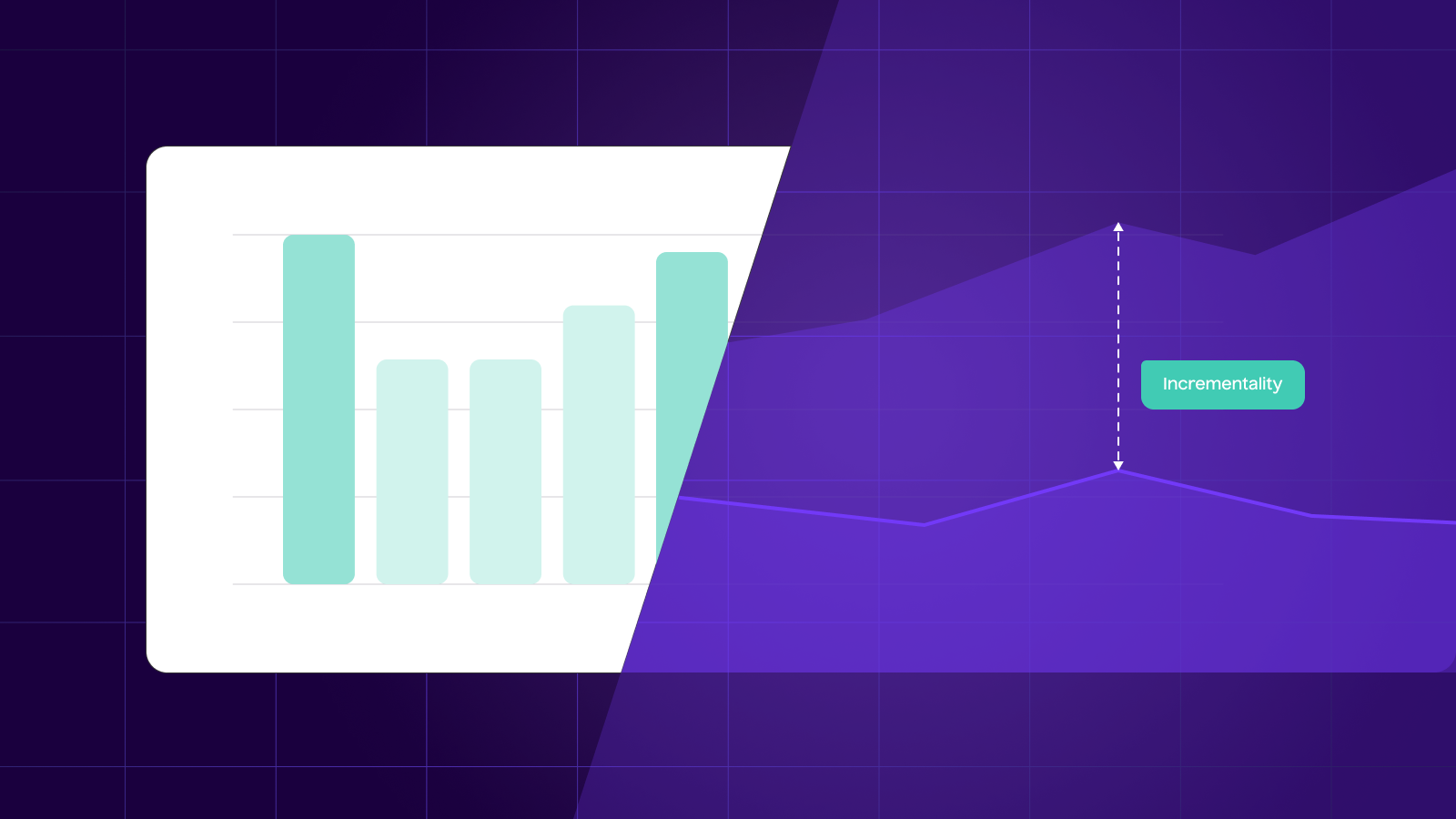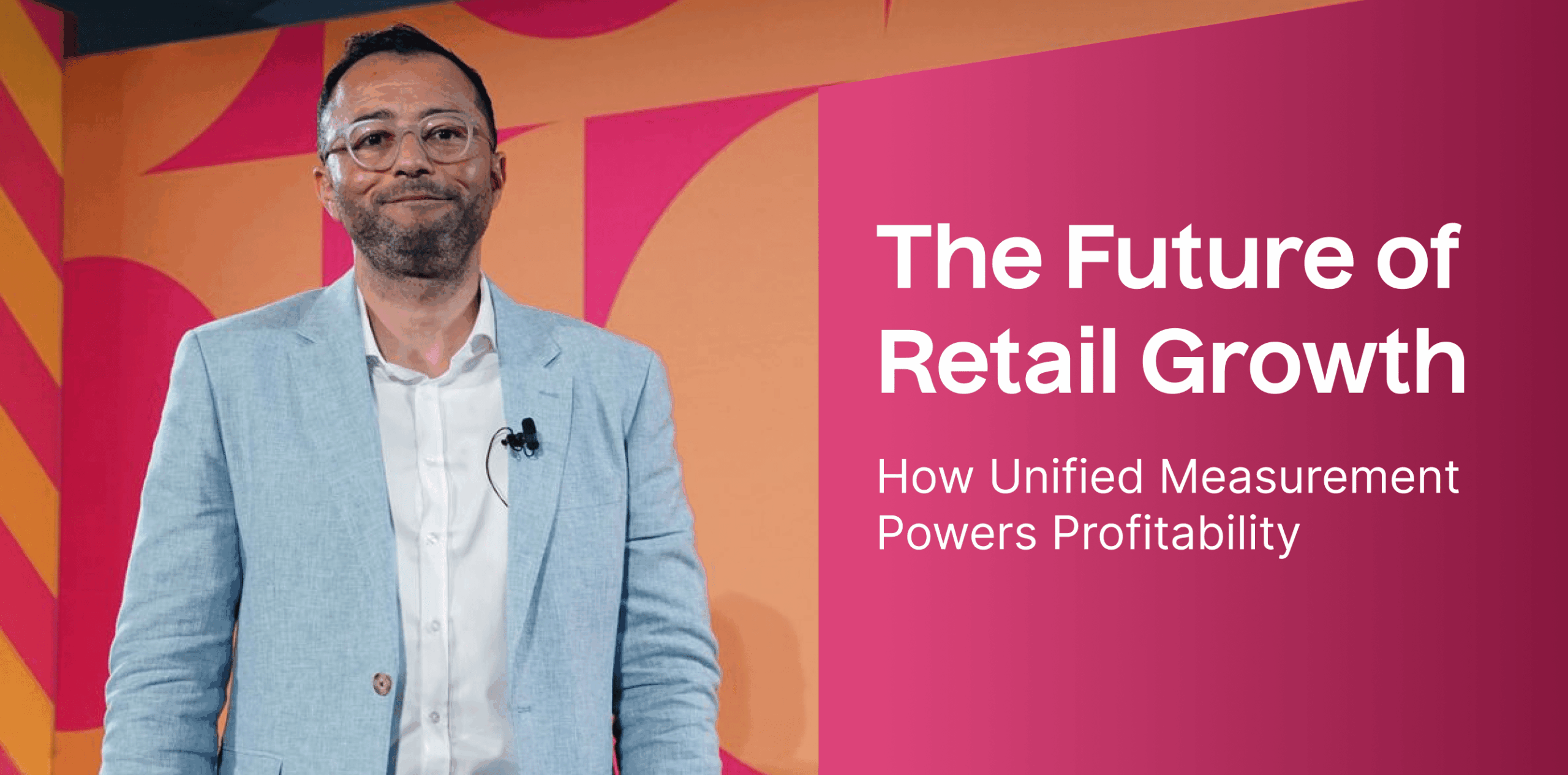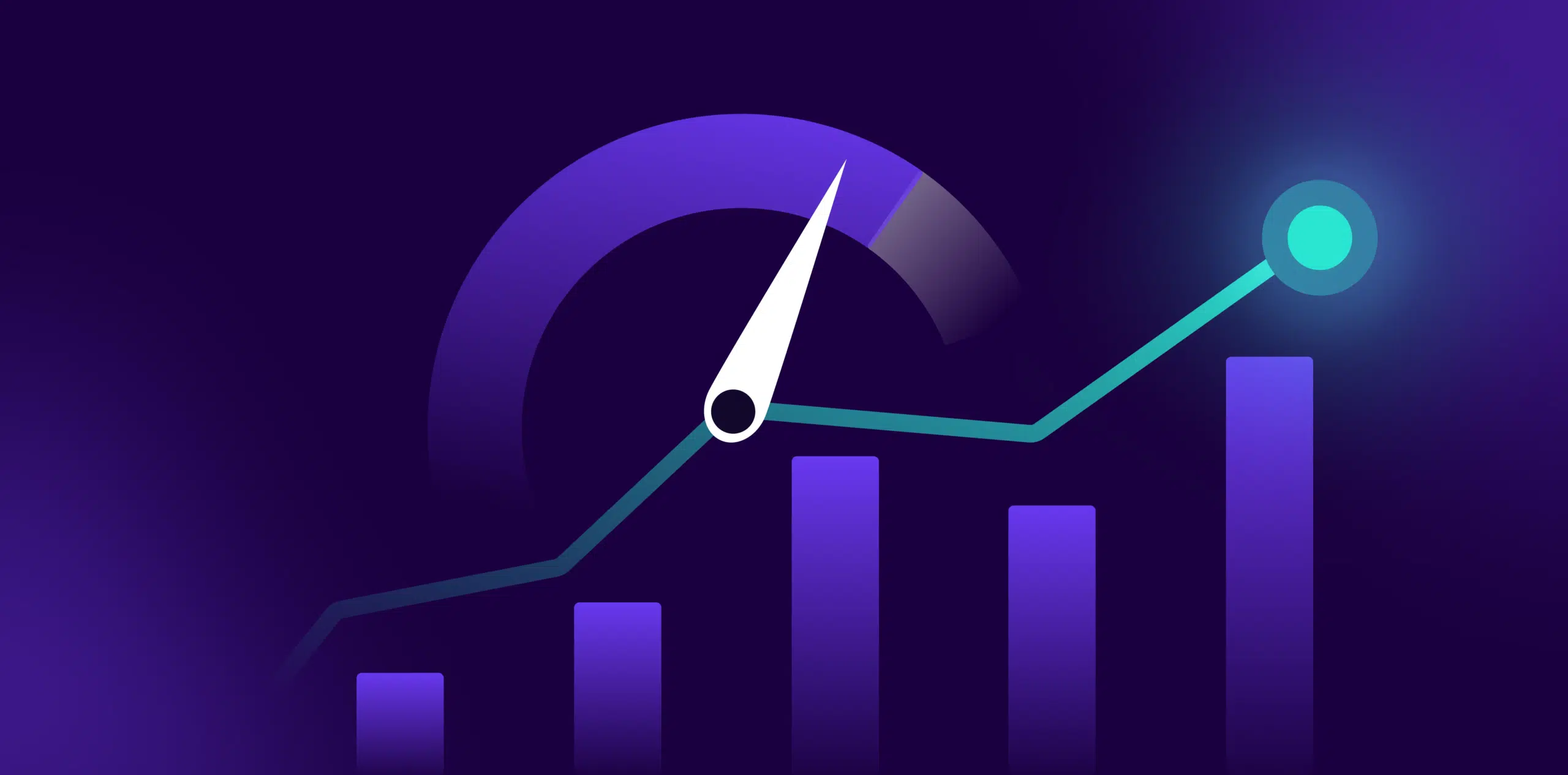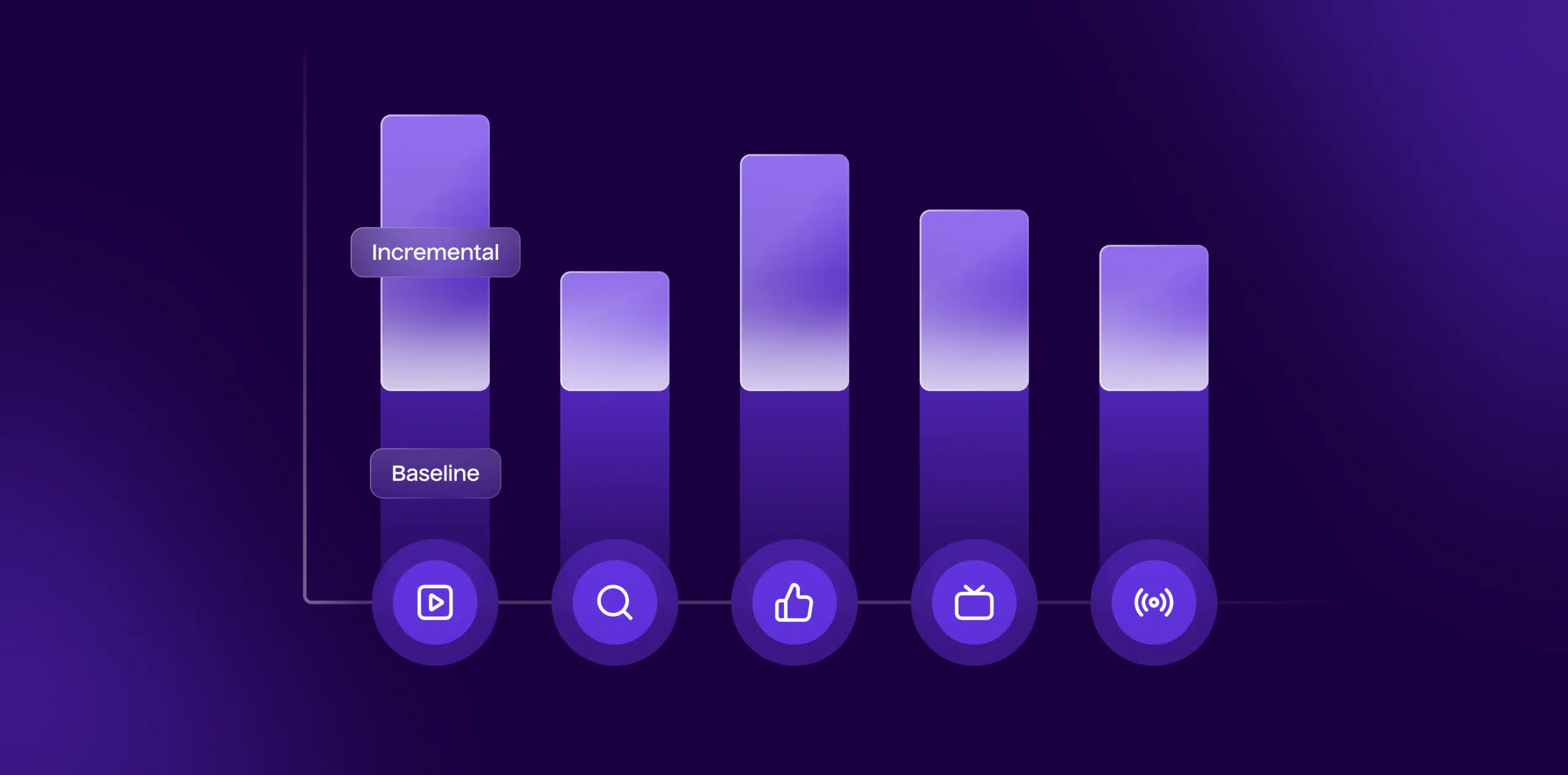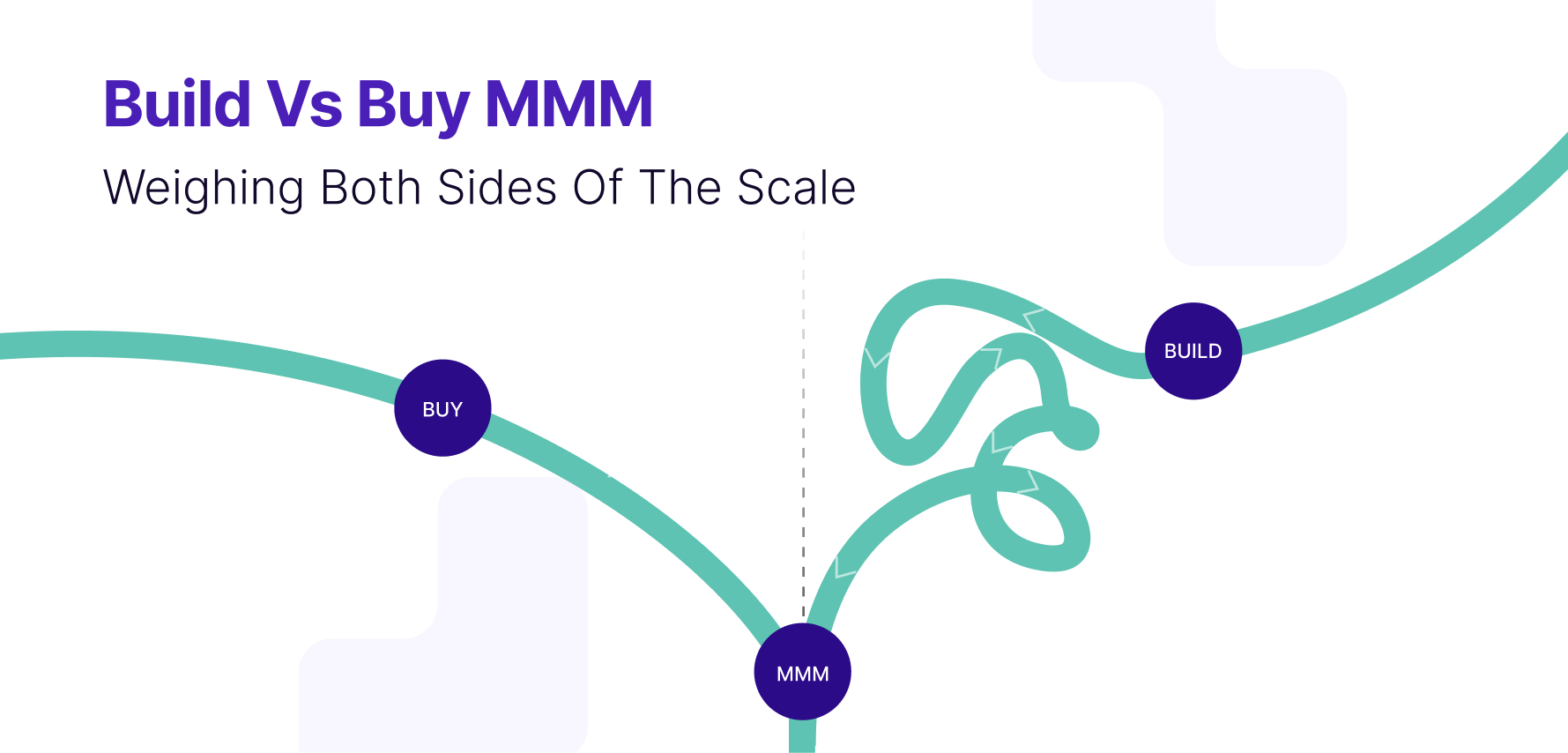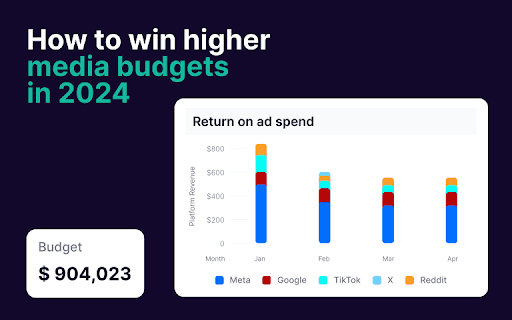Marketing measurement has never been more complex. As privacy regulations tighten and consumer journeys become increasingly fragmented, the need to understand what truly drives business growth has never been greater.
At the heart of this challenge lies an ongoing debate: click-based attribution vs. causal-based measurement. Traditional attribution models have long been the industry standard for assigning credit to marketing touchpoints, but they come with inherent limitations often favoring click-based interactions while ignoring the broader customer journey.
On the other hand, causal measurement methods such as incrementality testing and geo-experiments offer a more scientific approach by isolating the true impact of marketing activities. These techniques move beyond correlation and measure causation, answering fundamental questions such as:
What would have happened if this marketing activity didn’t exist?
Are we truly driving conversions, or just capturing demand that would have happened anyway?
For marketers, relying solely on outdated click-based attribution models is no longer enough. A shift toward causal attribution is becoming essential not just for optimizing budgets, but for making informed, strategic decisions that go beyond surface-level metrics.
Read More About: What is Causal Attribution in Marketing and How It Works?
Click-based Attribution: What it gets right and where it falls short
Attribution has long been the default framework for measuring marketing impact. It attempts to assign credit to touchpoints that drive conversions, helping marketers optimize budgets and scale high-performing channels. From first-touch models emphasizing initial engagement to last-touch models prioritizing final interactions, attribution methods aim to create a structured view of the customer journey.
In theory, this approach provides clarity. But in reality, it is good for understanding customer digital behaviors nothing more.
The limitations of attribution
Attribution assumes correlation equals causation. It often misrepresents the true impact of marketing activities, leading to over-self-attribution and flawed decision-making.
- Over-crediting certain channels: Last-click models often assign all credit to the final touchpoint, ignoring the role of brand-building and mid-funnel interactions.
- Click-based bias: Channels that drive clicks get overvalued, while those that build awareness and influence consideration are left underfunded.
- Lack of cross-channel visibility: Attribution struggles to connect offline and online efforts, leaving major gaps in measurement.
- Privacy and data challenges: As third-party tracking fades, attribution models become increasingly unreliable.
Example: How traditional attribution gets it wrong
A recent experiment by performance marketing consultant Swarup Mane revealed that upper-funnel awareness campaigns drove a 30% increase in retail order volume in exposed regions. However, traditional attribution models would have completely missed this impact, failing to capture the true business value of upper-funnel investments.
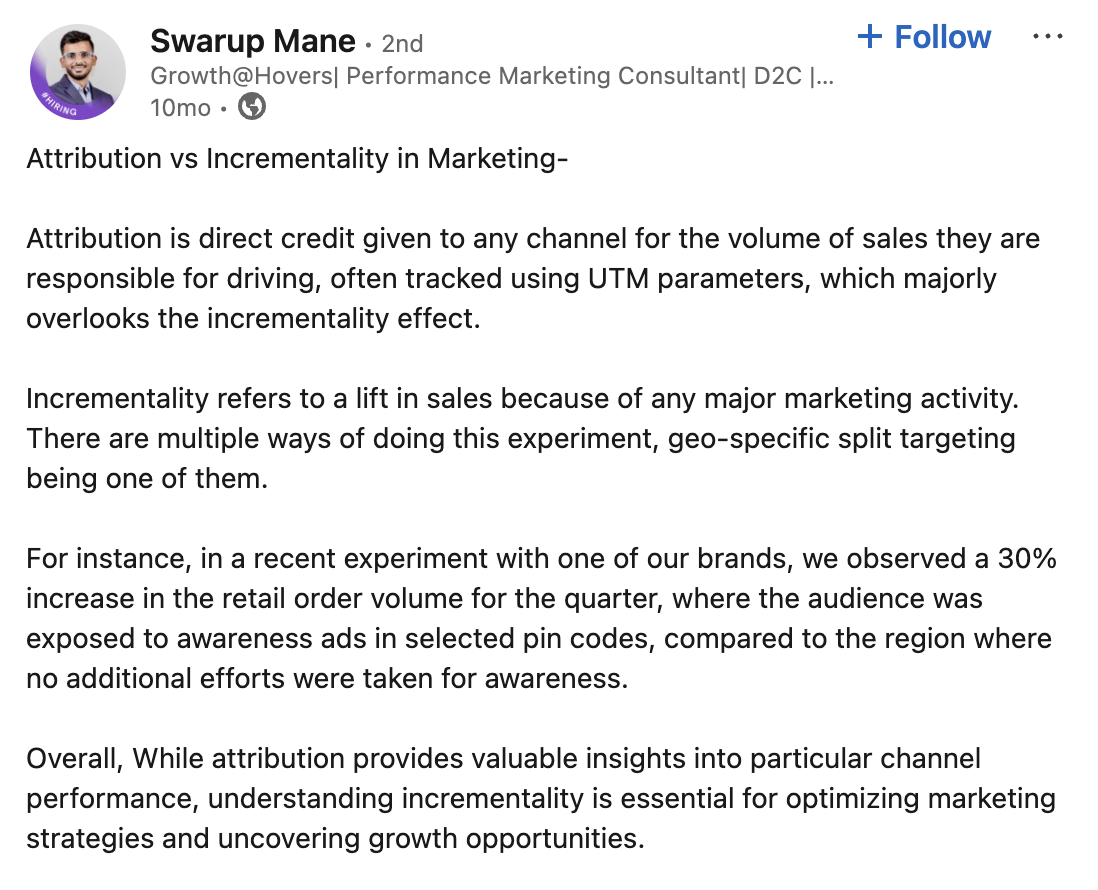
Attribution isn’t entirely obsolete, but it’s no longer enough. As marketing grows more complex, the question is no longer who gets the credit. but what truly drives incremental growth? This is where incrementality insights step in.
The rise of causal measurement: A definitive way to measure incrementality
Click-based attribution may tell you where conversions happened, but it doesn’t tell you why. That’s where causal measurement methods such as incrementality testing come into play.
This shift from correlation to causation is what makes incrementality the gold standard for modern marketing measurement. It helps marketers move beyond vanity metrics and truly understand what drives business growth.
What is incrementality?
Incrementality measures the actual lift in conversions caused by a marketing effort. Unlike attribution, which divides credit among touchpoints, incrementality determines whether a channel is truly influencing behavior or merely capturing existing demand.
- Focuses on causality rather than correlation.
- Identifies marketing-influenced conversions vs. those that would have occurred organically.
- Distinguishes between real growth and recycled demand.
How does incrementality solve attribution gaps?
Unlike traditional attribution methods that often over-credit certain channels based on their position in the funnel, incrementality provides a clearer picture of how marketing investments contribute to business growth. By controlling for external factors and accounting for media saturation, diminishing returns, and cross-channel effects, incrementality ensures that budgets are allocated toward strategies that generate real value rather than just appearing to do so in attribution models.
Some of the most effective methodologies include geo-experiments, where different regions are split into test and control groups to assess the real-world impact of advertising.
A compelling analogy that simplifies the attribution vs. incrementality debate comes from a popular post by Kabeer Chaudhary, where he uses a love story to illustrate how different measurement methods assign credit.
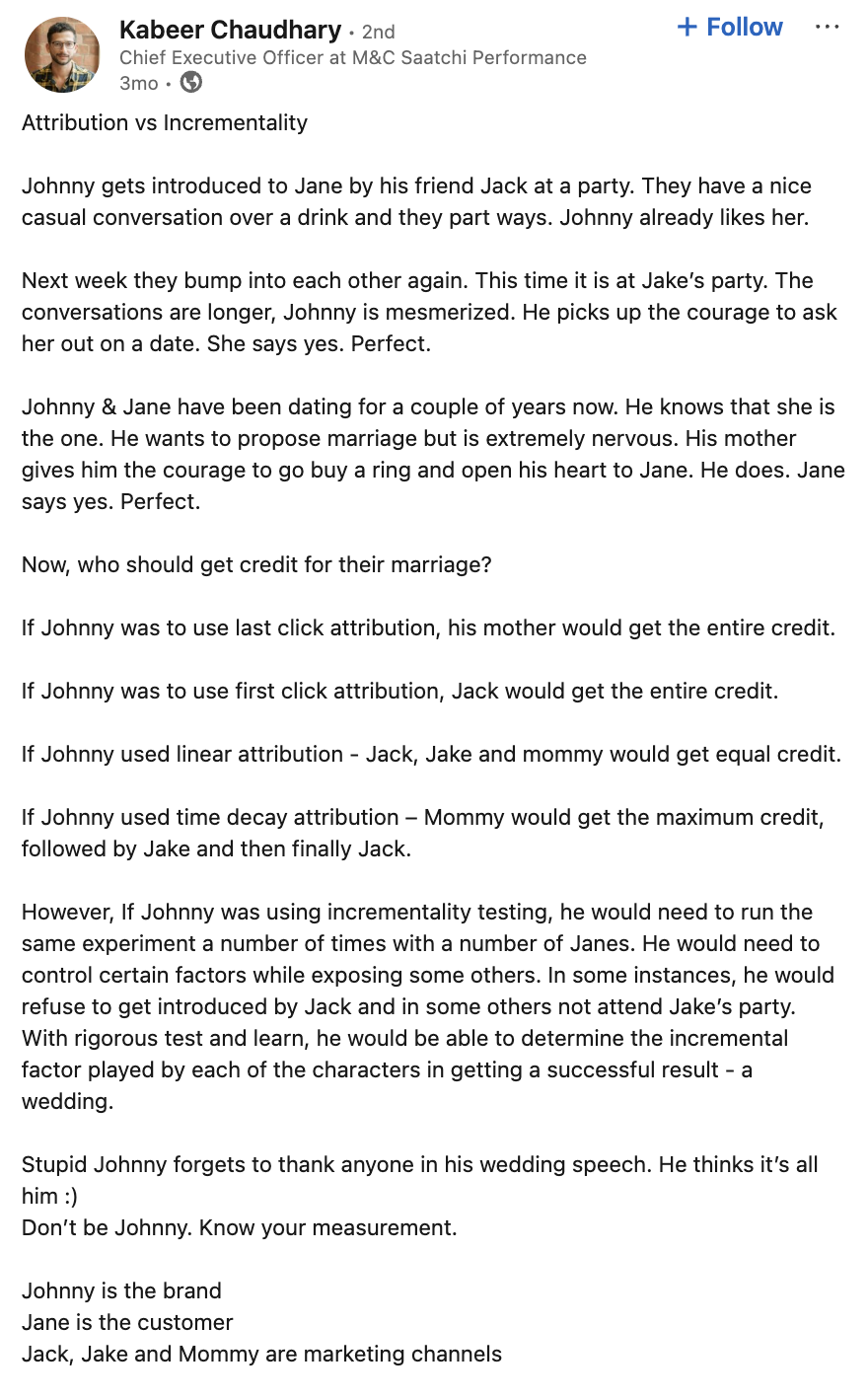
Additionally, causal impact modeling leverages machine learning and econometric techniques to isolate the true contribution of marketing investments. These techniques allow marketers to make data-driven decisions that optimize performance and improve efficiency rather than relying on flawed assumptions that come with traditional attribution.
Why the future of measurement is a full-funnel approach
The most effective measurement strategy blends both, offering a comprehensive, full-funnel approach that balances short-term efficiency with long-term impact. This unified marketing measurement approach bridges the gaps between attribution and incrementality, ensuring that marketers optimize their budgets effectively while proving the real business impact of their efforts.
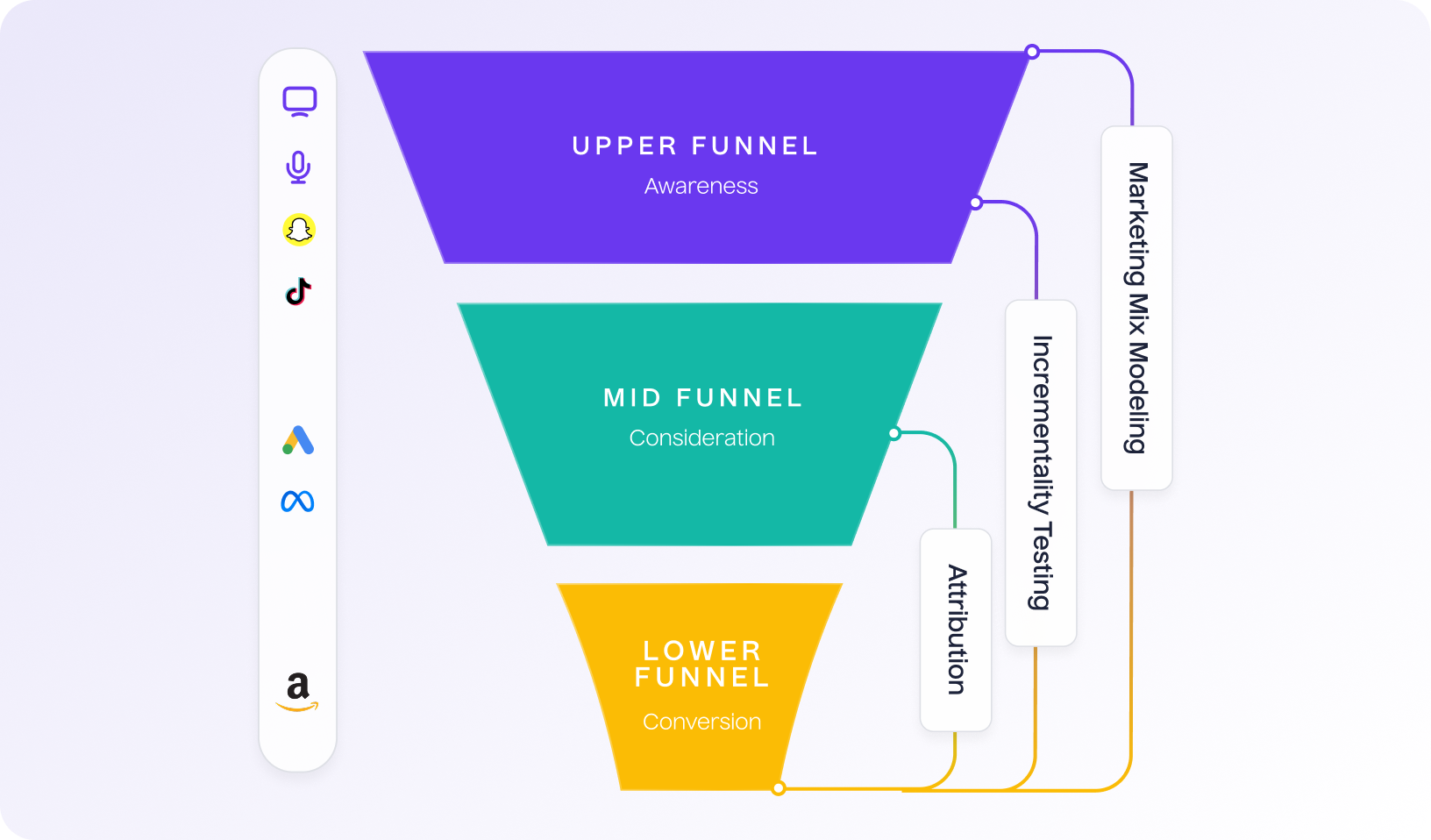
Breakdown of the funnel:
- Upper funnel (Awareness): This stage focuses on brand discovery and initial engagement, typically driven by platforms like TikTok, Snapchat, and other social media. Here, MMM is used to measure the effectiveness of broad-reach campaigns where direct attribution is challenging.
- Mid funnel (Consideration): This stage represents audiences engaging with a brand and evaluating products/services, often driven by platforms like Meta and Google Ads. To assess its impact, Incrementality Testing helps determine whether marketing spend is driving actual conversions beyond organic behavior.
- Lower funnel (Conversion): This is where customers make purchasing decisions, often influenced by retargeting ads and bottom-funnel platforms like Amazon and Shopify. Attribution models are used here to track direct touchpoints leading to conversions.
When used together, these methodologies create a full-funnel measurement strategy, connecting top-of-funnel awareness efforts to lower-funnel conversions and revealing the true drivers of growth.
How to make this shift in your measurement strategy:
| Steps | Action |
|---|---|
| Embrace Experimentation | Run controlled experiments to measure the incremental impact of various marketing activities accurately. |
| Focus on holistic measurement | Use platforms that seamlessly integrate both attribution and incrementality, providing a more comprehensive and reliable view of marketing effectiveness. |
| Leverage causal inference | Utlizie AI-powered platforms can analyze complex data sets to move beyond traditional correlation-based insights. |
Final thoughts
The era of relying solely on attribution is coming to an end. The future of marketing measurement belongs to those willing to evolve. By prioritizing experimentation, adopting holistic measurement frameworks, and leveraging AI-powered insights, brands can move beyond outdated models and gain a competitive edge.
Now is the time to rethink measurement strategies, break free from siloed reporting, and embrace a smarter, more data-driven approach to marketing effectiveness. Explore Lifesight’s Unified Marketing Platform to evolve your brand.
You may also like
Essential resources for your success
